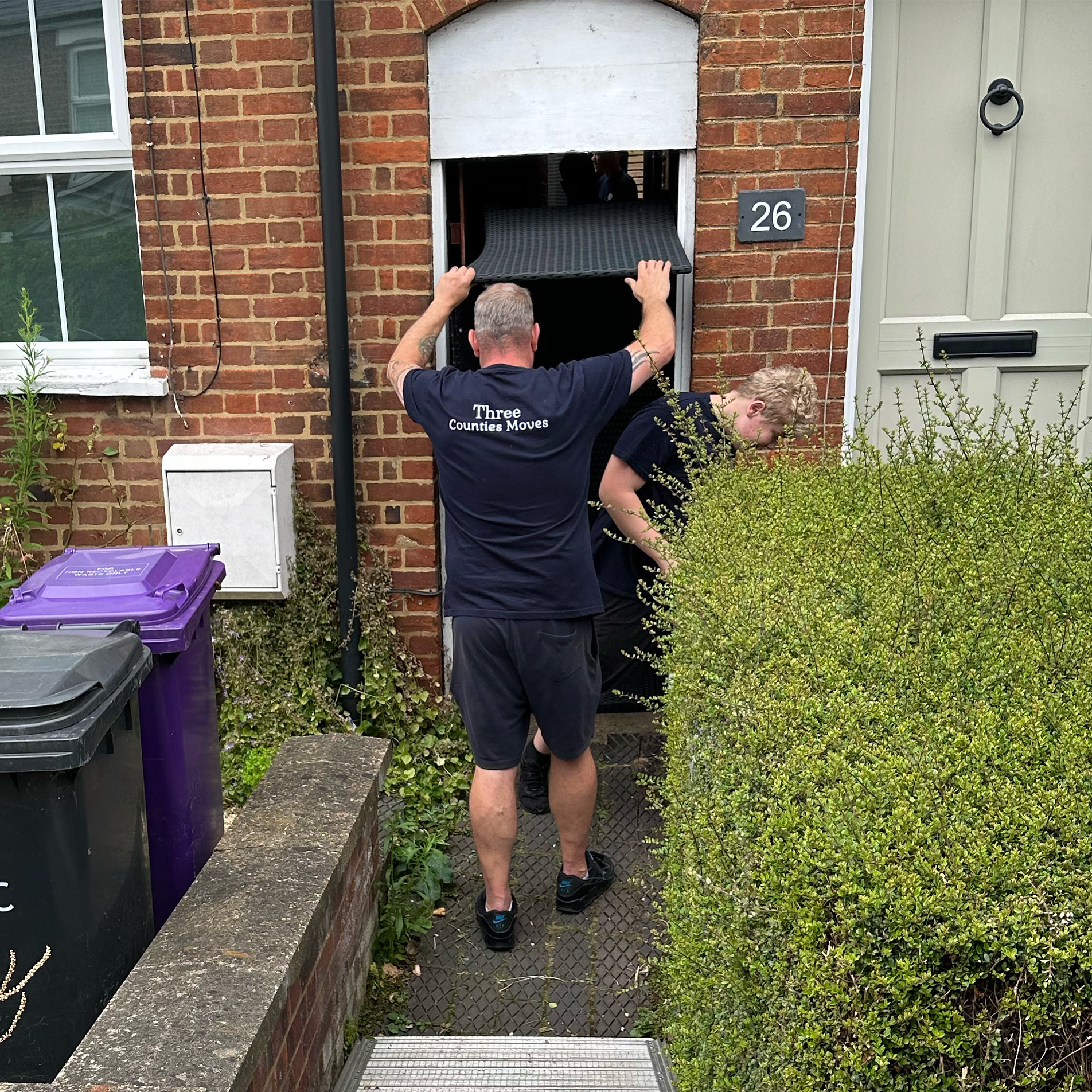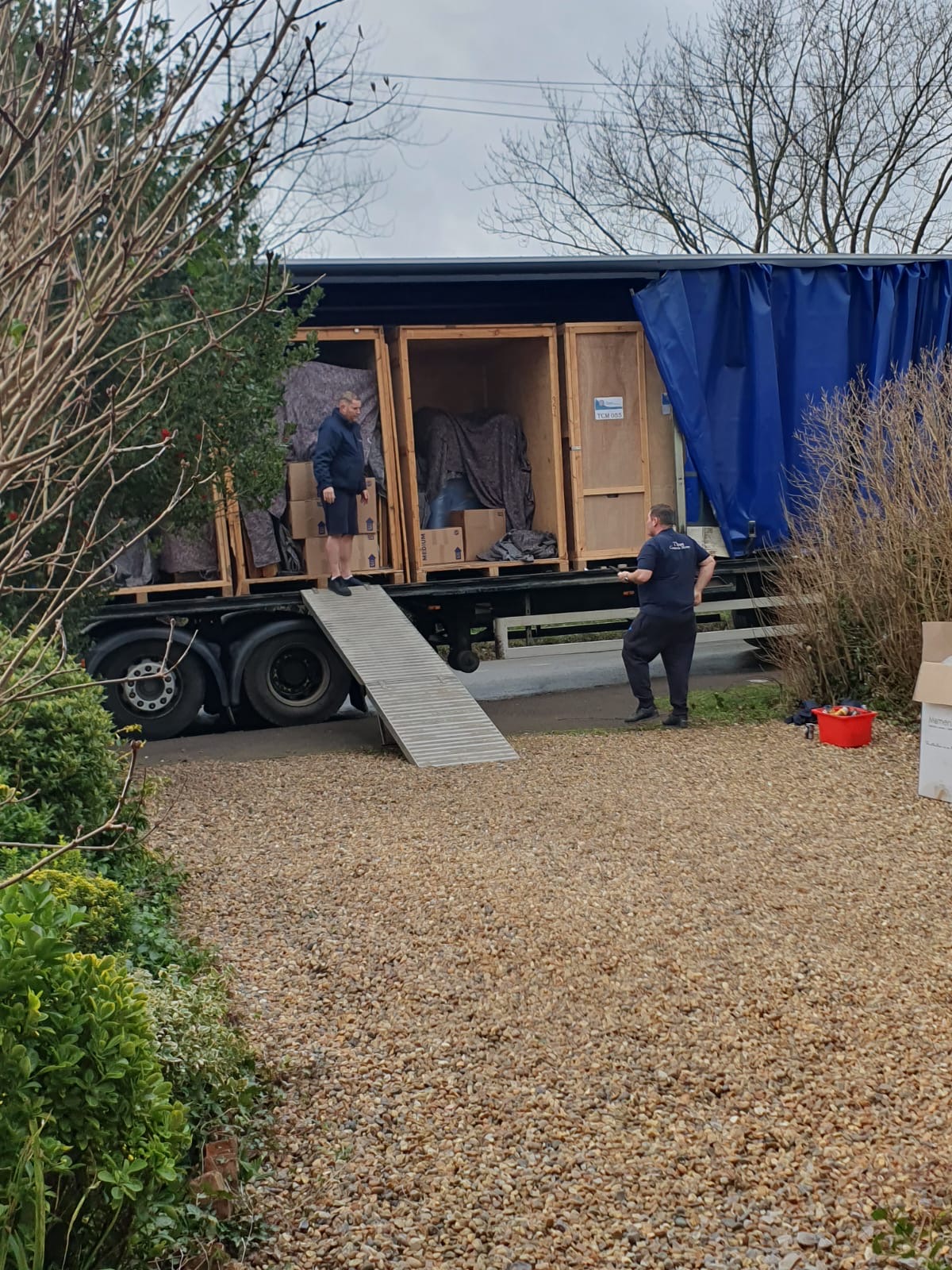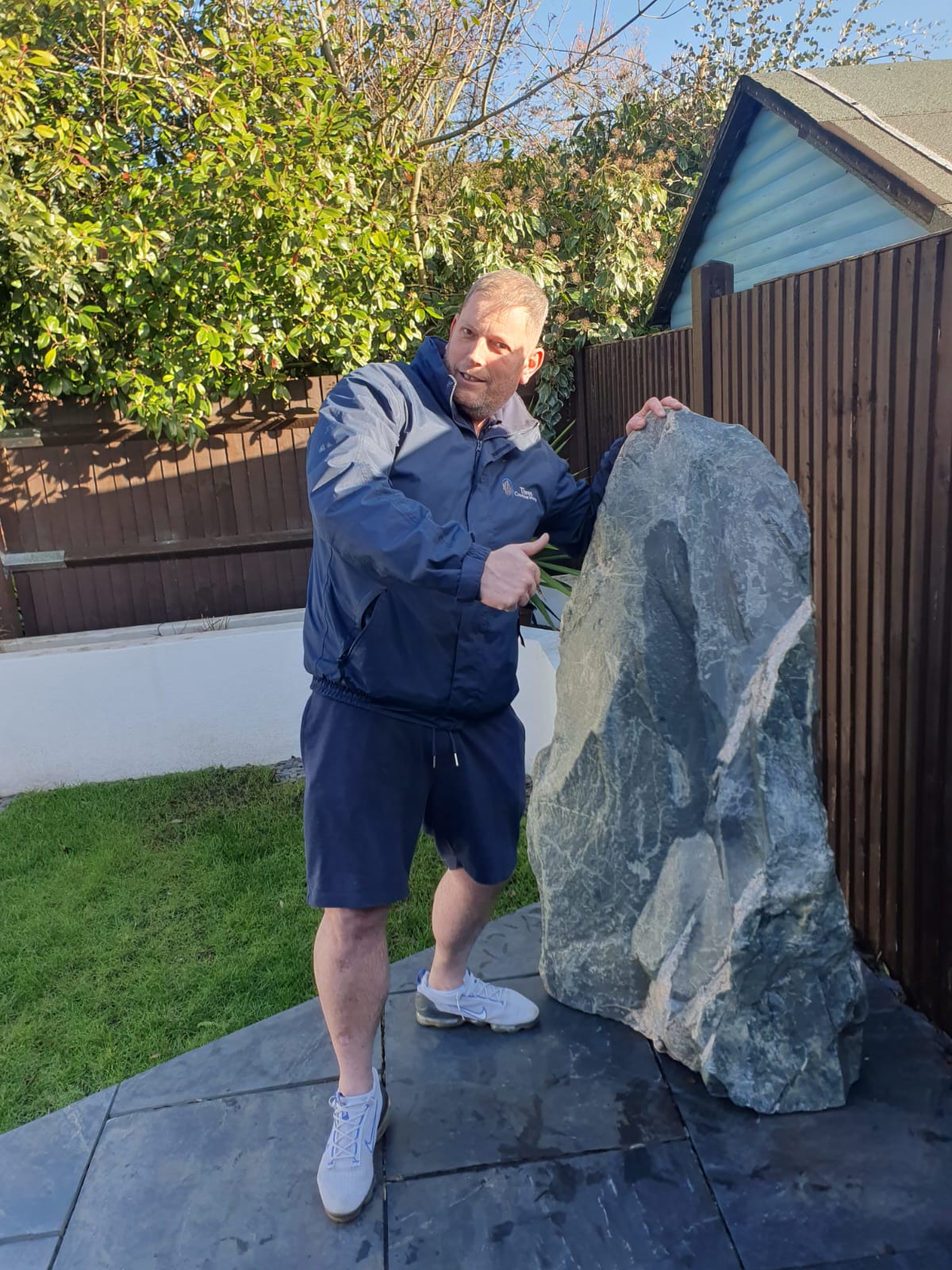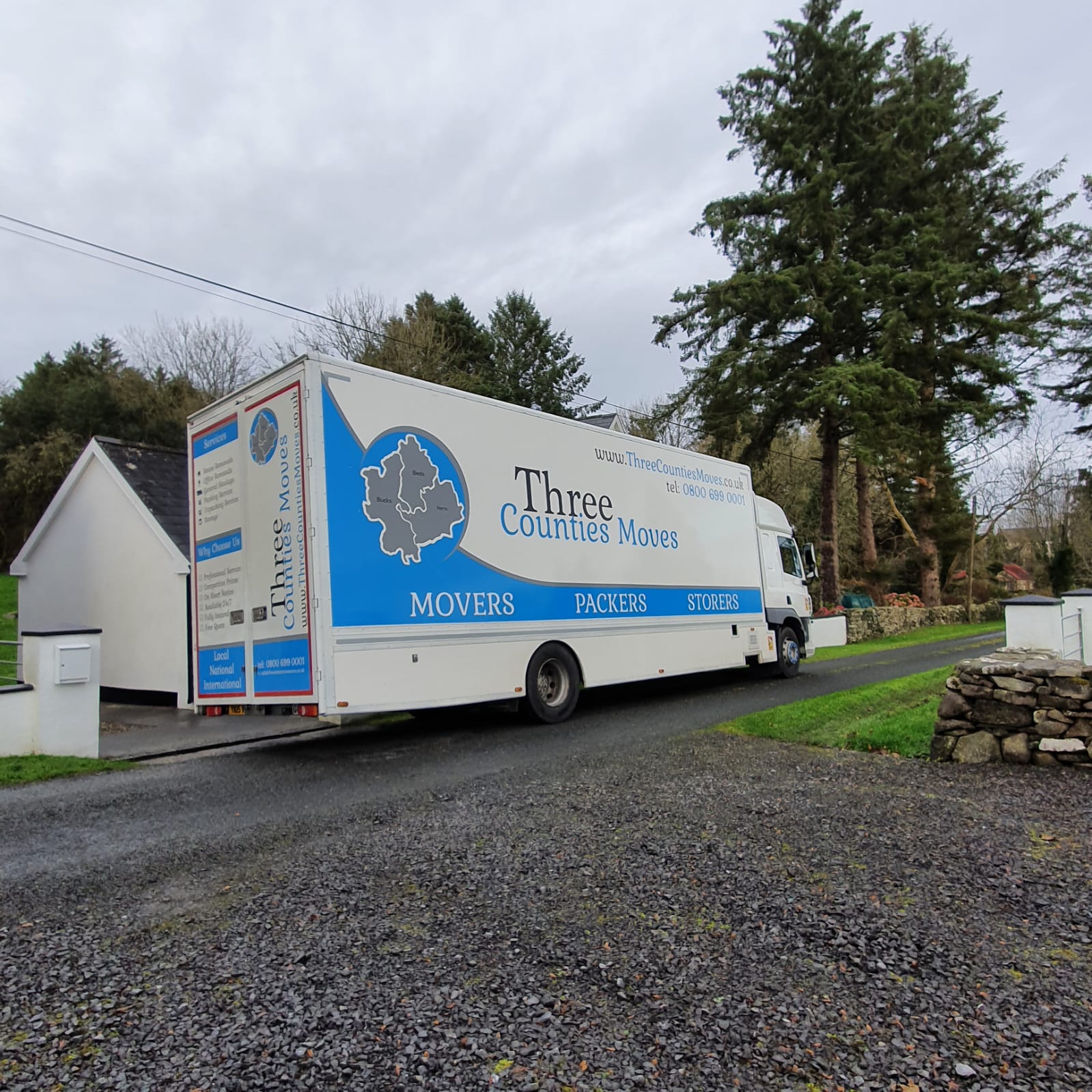
Top Ten Packing Tips
Packing can be a laborious and time-consuming chore. At Three Counties Moves, we always recommend requesting a quote for the packing aspect of your move. Our teams are extensively trained in the art of packing and know the best techniques and materials to safeguard all your possessions. From delicate flatscreen TVs, which can be shielded with quilted cover bags for maximum protection, to fragile stemmed wine glasses that require special care using specific boxes, bubble wrap, and packing paper (avoiding newspaper to prevent ink transfer), our professional movers excel at efficiently and effectively packing your valuable items. This allows you to carry on with your daily routine at home until the day before the move.
If you find that you have the time and prefer to pack yourself, here are some tips we can offer you.
Begin your preparations ahead of time!
Allow yourself ample time to organize, create lists, and pack. Determine in advance what items you wish to bring along. This is a chance to declutter, so jot down what you intend to keep, what can be sold or donated, and lastly, what needs to be disposed of.
Purchase appropriate packaging supplies.
At Three Counties Moves, we are well-versed in your moving process and can provide you with the precise packing materials required for your move. You can purchase the appropriate boxes, packing supplies, and any other items that may not be immediately obvious but are essential for safeguarding your possessions. Additionally, we offer previously used boxes that are still in good condition at a lower cost, allowing you to contribute to environmental sustainability.
Start packing early.
Based on our experience, packing usually takes more time than anticipated. Moving day often becomes a rush against time, with us ready to begin and others eager to move into your home. To manage this, it’s best to start early and keep essential daily items to pack last.
Create a box/bag of essential items.
Prepare for Your Day or New Home with Essential Items
Consider keeping a box or two handy for those must-have items you might need throughout the day or when settling into your new home. Include children’s favourite toys, snacks for pets (or for everyone!), as well as toiletries like toilet paper. Don’t forget to pack essentials for making tea or coffee, such as the kettle (often overlooked), a knife for opening boxes, black bin bags, and basic cleaning supplies in case you decide to tidy up. Ensure your electronic devices like phones, tablets, and laptops are fully charged before you begin.
Create a bit’s box.
Consider having a separate bit’s box, in addition to your essentials box, which can include items like remote controls, chargers, and labelled sealable bags containing screws, nuts, bolts, washers, and dowels from furniture. Make sure to include the necessary tools for reassembly. Alternatively, you can tape these fittings to the corresponding items.
Focus on one room at a time.
Breaking down a large task like packing can seem daunting but tackling it one room at a time can make it more manageable. This approach helps maintain focus and prevents your home from being completely disrupted. Completing each room will also give you a sense of progress.
Remember to label your boxes.
Place a sticky label on the top and at least one side of every box you pack. Include the destination room in your new home and a brief description of the contents, like ‘Bedroom 2: Jacob’s t-shirts and shorts’. Consider color-coding the labels or using a marker pen for easy organization. This will help our team place each box in the correct room and keep you informed about the contents. For fragile items, clearly mark it on the box or label for both the mover’s and your own awareness.
Choose the appropriate boxes.
We use 2 different boxes for different purposes. Some will be sturdier than others to give extra protection. If you’re packing heavy items such as books make sure they’re in the smaller boxes (We have designated ‘Book boxes’). A standard box full of books will be too heavy to carry any distance and if the weight is too much they might come through the bottom. If you don’t have small boxes, then you can mix and match heavy items like books with lighter but bulkier items such as pillows. You can always test lifting a box yourself, just remember to bend your knees! Smaller boxes for heavier items, bigger boxes for lighter items!
Maintain an inventory.
Labelling your boxes is essential, but maintaining an inventory or list is also beneficial. This way, you’ll have a clear idea of where everything is once you reach your destination. Even with labels, it’s challenging to remember the contents of every box. Additionally, a digital inventory can be a valuable tool for future reference.
Unplug your appliances.
Unless it’s agreed in advance with us, we will disconnect white goods with water hoses such as the dishwasher or washing machine We would not be able to reinstall these items.
We will not disconnect electrical or gas appliances such as cookers, these items need gas safe or registered electricians to disconnect and reconnect them, so check in, for appliances with water lines or fridges/freezers, make sure they are drained or defrosted and water free in advance.






